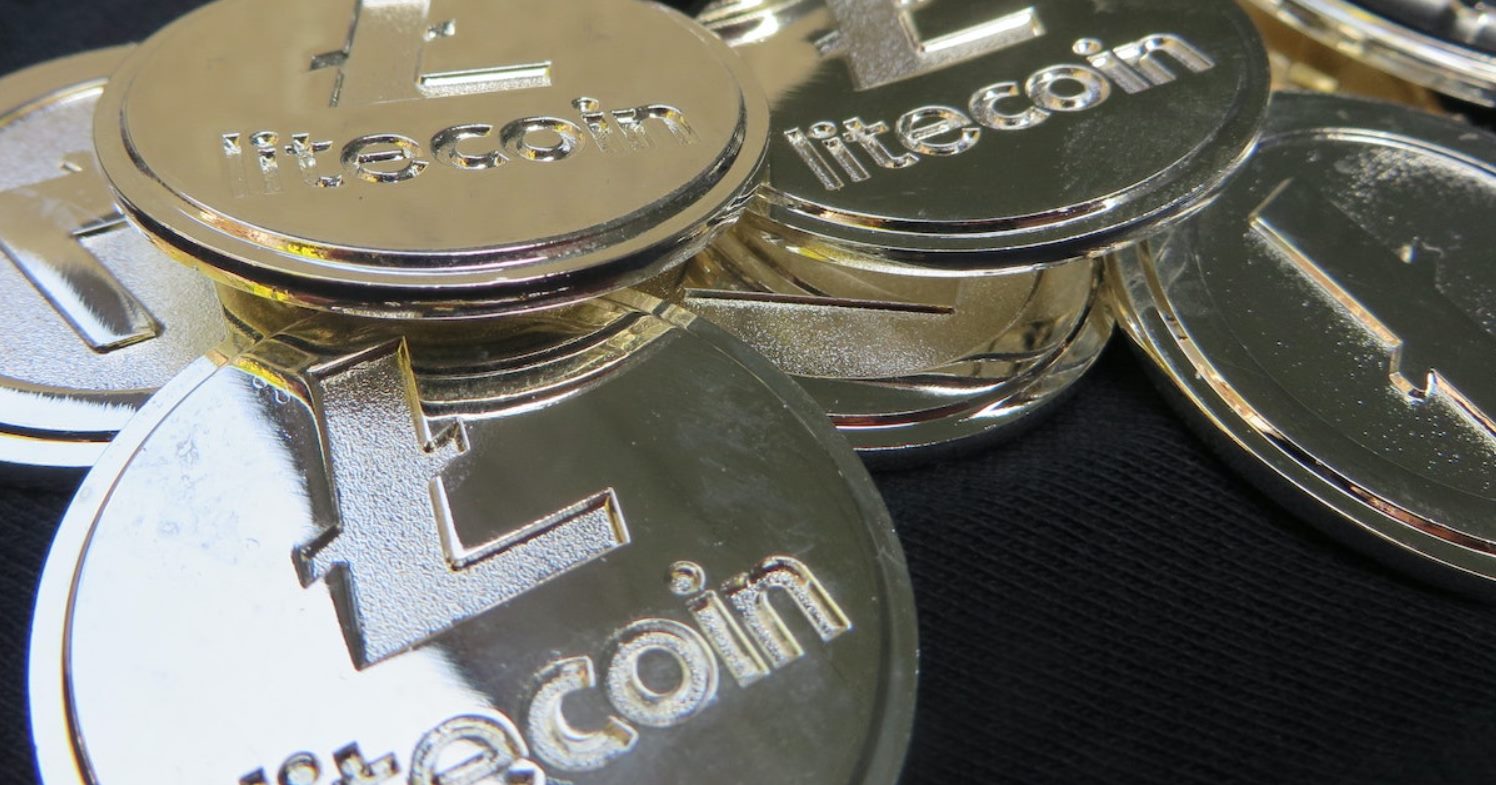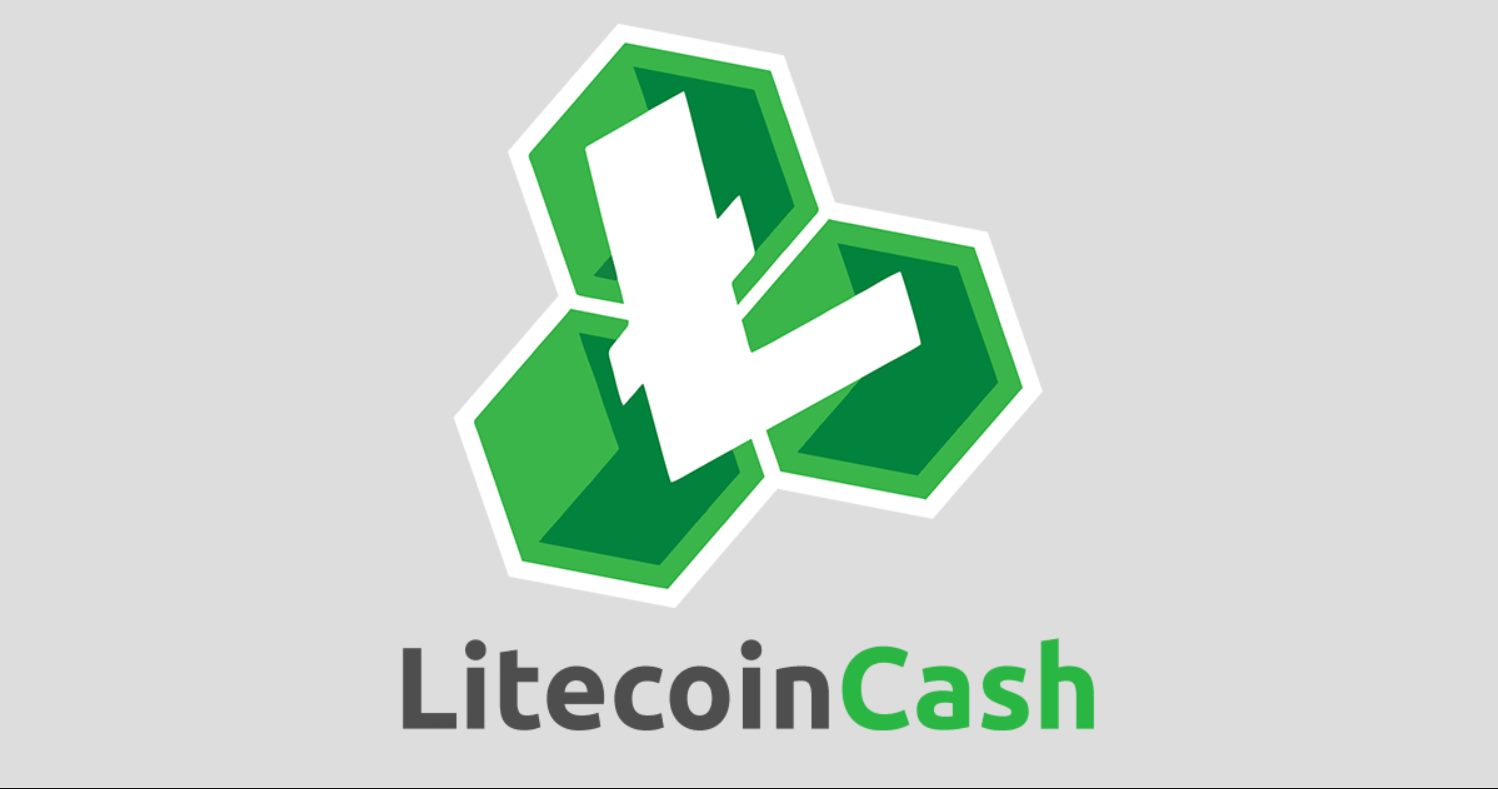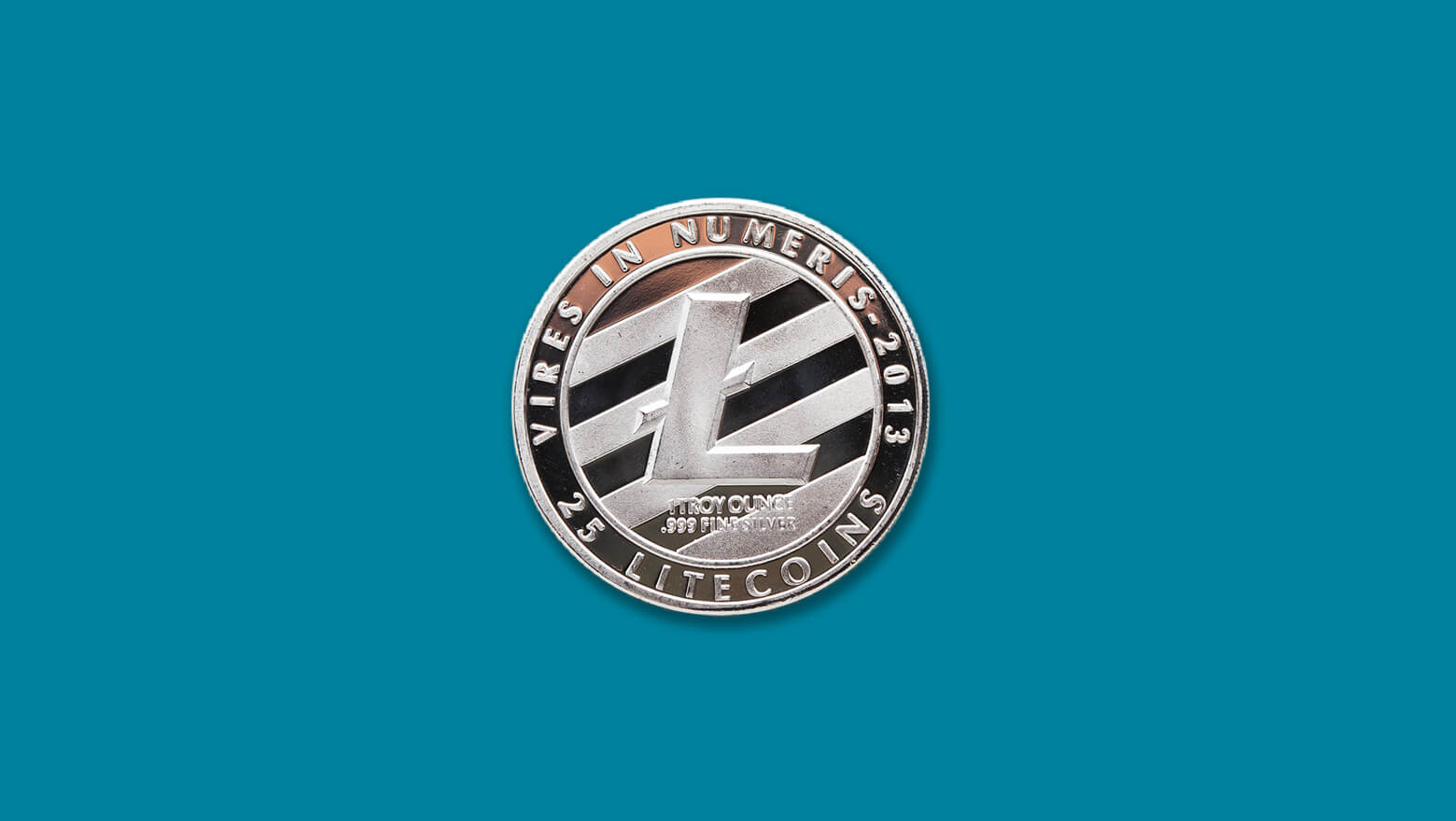Introduction
As the popularity and value of cryptocurrencies continue to grow, so does the risk of falling victim to scams. Litecoin, one of the leading digital currencies, has not been immune to these fraudulent activities. It can be devastating to realize that your hard-earned Litecoin has been stolen by a scammer. However, there are steps you can take to increase your chances of recovering your stolen funds.
In this article, we will explore the steps you can immediately take after falling victim to a scammer and discuss strategies for recovering your stolen Litecoin. We will also provide guidance on reporting the scam to the proper authorities and seeking legal assistance if necessary. Additionally, we will delve into the use of blockchain analysis to track and retrieve stolen funds. Finally, we will provide tips and best practices to prevent future scams and protect your Litecoin investments.
It is important to note that while the methods described in this article can increase your chances of recovering stolen Litecoin, success is not guaranteed in every situation. Scammers often employ sophisticated techniques to cover their tracks, and the decentralized nature of cryptocurrencies can make retrieval challenging. However, by taking proactive and informed steps, you can increase the likelihood of recovering your stolen funds and protect yourself from future scams.
Understanding the Basics of Litecoin Scams
Before delving into the recovery process, it is crucial to have a clear understanding of the different types of scams targeting Litecoin users. Being aware of these scams can help you avoid falling victim to them in the future.
1. Phishing Scams: Phishing scams typically involve fraudulent emails, websites, or messages that imitate legitimate platforms. Scammers try to deceive users into divulging sensitive information such as their private keys or login credentials. It is important to be cautious when clicking on links or providing personal information online.
2. Ponzi Schemes: Ponzi schemes promise high returns on investment but rely on funds from new investors to pay existing investors. Eventually, the scheme collapses, and investors lose their money. Be wary of investments that seem too good to be true and always conduct thorough research before investing.
3. Fake Wallets and Exchanges: Scammers may create fake wallet apps or bogus exchanges, tricking users into depositing their Litecoin on these platforms. Once the funds are sent, they are irrecoverable, and the scammer disappears. Only use reputable and verified wallets and exchanges to ensure the safety of your funds.
4. Social Engineering: This involves scammers manipulating individuals through psychological tactics to gain access to their Litecoin. They may impersonate trustworthy individuals or organizations, tricking users into transferring their funds willingly.
5. Malware and Hacking: Scammers can use malware or hacking techniques to gain access to your digital wallet or private keys. It is essential to keep your devices and wallet software updated with the latest security measures and use strong, unique passwords.
By familiarizing yourself with these common scams, you can be more vigilant and avoid falling prey to fraudulent activities. Remember, scammers are constantly evolving their tactics, so staying informed and cautious is crucial to protecting your Litecoin.
Steps to Take Immediately After Falling Victim to a Scammer
Discovering that you have been scammed can be a stressful and overwhelming experience, but taking immediate action is crucial to increase your chances of recovering your stolen Litecoin. Here are the steps you should take:
1. Document the Incident: Start by documenting all the details of the scam, including any communications, transactions, and suspicious activities. Take screenshots, save emails, and keep a record of any relevant information that may help you in the recovery process.
2. Stop Further Transactions: If you realize you have been scammed while a transaction is still in progress, try to halt it immediately. Contact your wallet provider or exchange platform and inform them of the fraudulent activity. They may be able to freeze the transaction and prevent further loss.
3. Change Your Passwords: To prevent the scammer from accessing any other accounts you may have, change the passwords for all your online wallets, exchanges, and any other platforms related to cryptocurrency. Use strong, unique passwords that include a combination of letters, numbers, and symbols.
4. Contact Customer Support: Reach out to the customer support of the platform or service involved in the scam. Report the incident to them and provide them with any evidence or information you have gathered. They may have additional resources or guidance to assist you in recovering your stolen Litecoin.
5. Report the Scam: File a complaint with the relevant authorities and agencies. This includes reporting the scam to your local law enforcement, the cybercrime unit in your country, and any international organizations that specialize in fraud and cybercrime. Provide them with all the documented evidence to aid in their investigation.
6. Inform Your Bank or Credit Card Provider: If you made any payments using a bank account or credit card, notify your financial institution about the scam. They may be able to provide assistance, such as freezing the fraudulent transactions or refunding your money if applicable.
7. Monitor Blockchain Transactions: Keep an eye on the blockchain network to track any movement of your stolen Litecoin. While the scammer may attempt to hide their tracks, monitoring the blockchain can provide valuable insights and potentially help identify their wallet address or transactions.
Remember, time is of the essence when it comes to recovering stolen funds. Acting swiftly and following these steps can enhance your chances of retrieving your stolen Litecoin and holding the scammer accountable for their illegal actions.
Reporting the Scammer to Proper Authorities
Reporting the scammer to the appropriate authorities is an essential step in the process of seeking justice and potentially recovering your stolen Litecoin. Here are the key steps to take:
1. Local Law Enforcement: Start by contacting your local police department or law enforcement agency. Provide them with all the details of the scam, including any evidence you have gathered. They will guide you on the necessary steps and documentation required to file a report.
2. Cybercrime Unit: Many countries have specialized units or departments that handle cybercrime cases. Research and reach out to your country’s cybercrime unit or equivalent organization. They are well-equipped to handle cases involving online scams and digital currency fraud.
3. Securities and Exchange Commission (SEC): If you suspect that the scammer is operating a fraudulent investment scheme, report the incident to your country’s securities regulator. In the United States, for example, you would report to the U.S. Securities and Exchange Commission (SEC). They have the authority to investigate and take legal action against fraudulent investment activities.
4. International Organizations: If the scam involves an international element, consider reporting the incident to international organizations that specialize in cybercrime and fraud. For example, INTERPOL has a dedicated division that coordinates global efforts to combat cybercrime and can provide assistance in cross-border cases.
5. Online Platforms: If the scammer used an online platform or social media website to carry out the fraud, report the incident to the platform’s support team or customer service. They may have measures in place to take action against the scammer or prevent others from falling victim to similar scams.
It is crucial to provide as much information and evidence as possible when reporting the scam. This includes details of the scammer’s online profiles, email addresses, phone numbers, and any communication you had with them. The more information you provide, the better equipped the authorities will be to investigate and take action against the scammer.
Remember, reporting the scam is not only important for your own case but also for the broader effort to combat cryptocurrency scams. By reporting the incident, you contribute to the creation of valuable data about scams and help authorities in their ongoing efforts to protect individuals from fraud.
Determining the Possibility of Recovering Your Stolen Litecoin
Recovering stolen Litecoin can be a complex and challenging task, as the decentralized nature of cryptocurrencies often makes it difficult to trace and retrieve funds. However, there are several factors to consider when determining the possibility of recovering your stolen Litecoin:
1. Scammer’s Identity: If you have any information about the scammer’s identity, such as their online profile, email address, or phone number, it increases the likelihood of tracking them down. The more information you have, the better chance you have of holding them accountable and potentially recovering your funds.
2. Jurisdiction: The jurisdiction in which the scam occurred plays a significant role in the possibility of recovery. If the scammer is operating from a country with strong regulations and law enforcement measures regarding cryptocurrency fraud, there may be a higher chance of recovering your stolen Litecoin through legal channels.
3. Cooperation of Authorities: The willingness and capacity of local law enforcement and cybercrime units to investigate and pursue cryptocurrency scams vary across jurisdictions. Some countries have dedicated units with expertise in handling digital currency fraud, while others may have limited resources or prioritize other types of crimes. The level of cooperation from authorities can impact the possibility of recovery.
4. Use of Blockchain Analysis: Blockchain analysis can be a powerful tool in tracking stolen funds and potentially identifying the scammer’s wallet address. Analyzing blockchain transactions and working with blockchain forensics experts can provide valuable insights and increase the chances of recovering your stolen Litecoin.
5. Recovery Services: There are specialized recovery services and companies that assist victims of cryptocurrency scams in recovering their funds. These services leverage their expertise, knowledge of the crypto landscape, and contacts with law enforcement agencies to increase the chance of retrieval. However, it is essential to thoroughly research and vet these services to ensure their legitimacy and effectiveness.
It is important to note that while there are possibilities for recovering your stolen Litecoin, success is never guaranteed. Scammers often employ sophisticated techniques to cover their tracks, and the nature of decentralized cryptocurrencies can present challenges. It is crucial to set realistic expectations and be prepared for the possibility that your funds may not be fully recovered.
Consulting with legal and cybersecurity professionals can provide valuable guidance tailored to your specific situation. They can assess the prospects of recovery based on the details of the scam and provide recommendations on the best course of action.
Seeking Legal Assistance and Taking Legal Action
When you’ve fallen victim to a cryptocurrency scam and your Litecoin has been stolen, seeking legal assistance and considering legal action can be an important step towards recovering your funds. Here are some key points to consider:
1. Consult with a Lawyer: Engaging the services of an experienced lawyer who specializes in cryptocurrency and financial fraud can be invaluable. They can help you understand your rights, analyze the specifics of your case, and provide guidance on the best legal course of action to pursue.
2. Gather Evidence: Work closely with your lawyer to gather and preserve any evidence relating to the scam. This includes transaction records, communication with the scammer, screenshots, emails, and any other relevant documentation. The more evidence you have, the stronger your case will be.
3. Assess Jurisdiction: Determine the appropriate jurisdiction for legal action based on the location of the scammer, the authorities involved, and the applicable laws. Your lawyer can guide you through the process of identifying the jurisdiction and understanding the legal procedures involved.
4. Law Enforcement Cooperation: Communicate with law enforcement agencies, such as local police, cybercrime units, or specialized financial investigation units. Provide them with all the evidence and information you have collected. Their cooperation and involvement can significantly increase the chances of recovering your stolen Litecoin.
5. Civil Litigation: Depending on the circumstances and the amount of funds involved, your lawyer may advise pursuing civil litigation against the scammer. This involves filing a lawsuit in court seeking a legal judgment and potential restitution. Civil litigation can be a lengthy and resource-intensive process, so carefully weigh the potential costs and benefits before proceeding.
6. Collaboration with Other Victims: Consider joining or supporting organizations or collective actions that bring together victims of cryptocurrency scams. Collaborating with other victims can provide strength in numbers and improve the chances of pursuing collective legal action against the scammer.
7. Recovery Companies: There are specialized recovery companies that can assist you in taking legal action and recovering your stolen funds. These companies have the expertise and resources to investigate, trace transactions, and engage with legal authorities. However, it is essential to research and verify the legitimacy of these companies before engaging their services.
Seeking legal assistance and taking legal action can be a complex process, and success is not guaranteed. However, with the help of experienced professionals and thorough preparation, you can increase your chances of recovering your stolen Litecoin and holding the scammer accountable for their actions.
Using Blockchain Analysis to Track and Retrieve Your Stolen Litecoin
Blockchain analysis can be a powerful tool in the process of recovering stolen Litecoin. While cryptocurrencies offer a level of anonymity, all transactions are recorded on the blockchain, providing a trail that can potentially be used to track and retrieve stolen funds. Here are some key considerations when using blockchain analysis to aid in your recovery:
1. Identify the Scammer’s Wallet Address: If you have any information about the scammer’s wallet address, such as the address they provided for a transaction or their wallet ID on an exchange, it can serve as a starting point for tracking your stolen Litecoin. Blockchain explorers can be used to search for transactions associated with that address.
2. Trace the Movement of Funds: Analyzing the blockchain can help you trace the movement of your stolen Litecoin. By following the transaction history, you may be able to identify other addresses associated with the scammer or uncover patterns that could lead to their real-world identity. Blockchain analysis tools and services specialize in visualizing these transactions and providing insights.
3. Seek Professional Assistance: Consider engaging the services of blockchain analysis firms or experts. These professionals have the skills and tools necessary to perform in-depth analysis and track the stolen funds. They can provide expert guidance on how to navigate the complexities of the blockchain and maximize your chances of recovery.
4. Interact with Law Enforcement: Share the findings of your blockchain analysis with law enforcement authorities involved in your case. Provide them with detailed reports or collaborate with a cryptocurrency forensic specialist who can effectively communicate the findings to help expedite the investigation.
5. Work with Exchanges and Wallet Providers: Contact the exchanges or wallet providers that were involved in the scam and inform them of the situation. They may have internal mechanisms and security measures to help track and possibly freeze the stolen funds if they are still within their platform or wallet system.
6. Be Prepared for Challenges: While blockchain analysis can be beneficial, it is important to note that scammers often employ techniques to obfuscate their tracks. They may use privacy coins, mixers, or other sophisticated methods to hide the flow of funds. This can make it more difficult to track and retrieve your stolen Litecoin, but it is not impossible with the right expertise and resources.
Blockchain analysis is a continually evolving field, and new techniques and tools emerge regularly. Keeping up with the latest developments and leveraging the expertise of professionals can significantly increase your chances of successfully using blockchain analysis to track and retrieve your stolen Litecoin.
Preventing Future Scams and Protecting Your Litecoin
Preventing future scams and safeguarding your Litecoin requires a proactive approach and smart security practices. By implementing the following measures, you can significantly reduce the risk of falling victim to scams:
1. Educate Yourself: Stay informed about the latest trends and techniques used by scammers. Regularly research and educate yourself about common cryptocurrency scams, fraud prevention methods, and best security practices.
2. Use Secure Wallets: Select reputable and secure wallet providers to store your Litecoin. Choose wallets that offer enhanced security features, such as two-factor authentication (2FA) and multi-signature functionality. Avoid using online wallets or exchange platforms as your primary storage solution.
3. Keep Software Up-to-Date: Ensure that your wallet software, computer operating system, and antivirus software are all up-to-date. Software updates often include security patches that address vulnerabilities and protect against potential scams or malware.
4. Verify URLs: Be vigilant about verifying the URLs of websites and platforms before entering any sensitive information. Scammers often create fake websites that mimic legitimate platforms and trick users into revealing their login credentials or private keys. Double-check the URL and look for secure website indicators, such as the “https://” prefix and a padlock symbol.
5. Be Cautious of Phishing Attempts: Be wary of unsolicited emails, messages, or links that ask for personal or financial information. Phishing attempts can appear genuine, but they aim to deceive you into revealing sensitive data. Always verify the source before providing any information.
6. Perform Due Diligence: Before investing in any cryptocurrency project or participating in Initial Coin Offerings (ICOs), conduct thorough research. Investigate the project team, read the whitepaper, and assess the viability and legitimacy of the investment opportunity. Beware of schemes that promise unrealistic returns.
7. Enable Security Measures: Activate additional security measures, such as two-factor authentication (2FA) and biometric authentication if supported by your wallet or exchange platform. These measures add an extra layer of protection by requiring additional verification before granting access to your funds.
8. Regularly Back Up Wallets: Create backups of your wallet’s private keys and store them securely offline. Regularly update these backups to ensure that you can restore your wallet and access your funds if your device is lost, stolen, or compromised.
9. Research Exchanges: When using cryptocurrency exchanges, select reputable platforms with a solid track record of security. Research and read user reviews to gauge the platform’s reliability and security practices. Consider using exchanges with insurance coverage for digital assets.
10. Stay Skeptical: Be cautious of unsolicited investment opportunities, giveaways, or offers that seem too good to be true. Exercise critical thinking and skepticism when encountering offers that promise guaranteed profits or require immediate action.
By implementing these preventive measures and staying vigilant, you can significantly reduce the risk of falling victim to scams and protect your hard-earned Litecoin from being stolen.
Conclusion
Falling victim to a Litecoin scam can be a devastating experience, but it does not necessarily mean that your stolen funds are lost forever. By taking immediate action, seeking legal assistance, utilizing blockchain analysis, and adopting preventive measures, you can increase your chances of recovering your stolen Litecoin and protecting yourself from future scams.
It is crucial to document the details of the scam, stop further transactions, and change your passwords to minimize further damage. Reporting the scam to the proper authorities, such as local law enforcement and cybercrime units, is essential for investigation and potential legal action against the scammer.
Determining the possibility of recovery depends on factors such as the scammer’s identity, jurisdiction, and the cooperation of authorities. Blockchain analysis can play a vital role in tracking the movement of stolen funds, but it requires expertise and collaboration with experts and law enforcement agencies.
Seeking legal assistance and considering legal action can further support your efforts in recovering stolen Litecoin. Consulting with a lawyer experienced in cryptocurrency and financial fraud can provide guidance on the best legal course of action.
To prevent future scams, educate yourself about common scams, use secure wallets, keep software up-to-date, and be cautious of phishing attempts. Conduct due diligence before investing, enable security measures, regularly back up your wallet, and research exchanges before using them.
While recovery is not guaranteed in every case, the proactive measures discussed in this article can significantly improve your chances. By staying informed, taking swift action, and implementing preventive measures, you can reduce the risk of becoming a victim again and ensure the safety of your Litecoin investments.

























